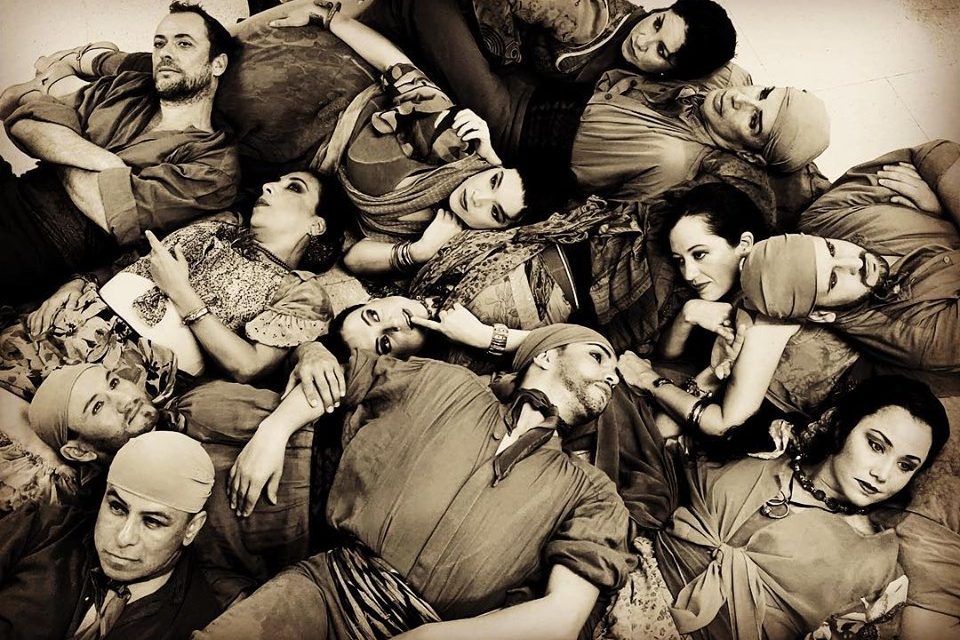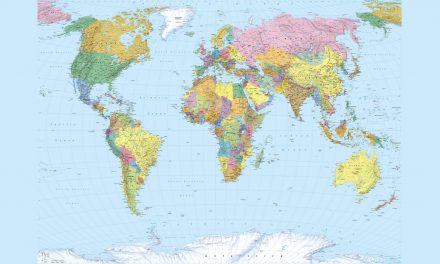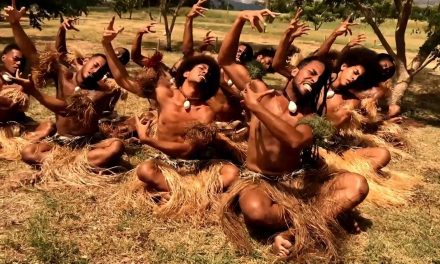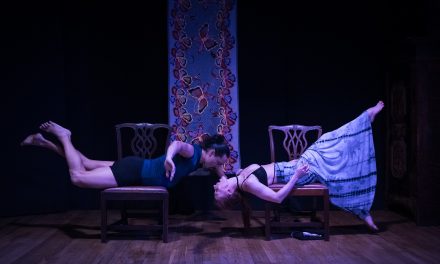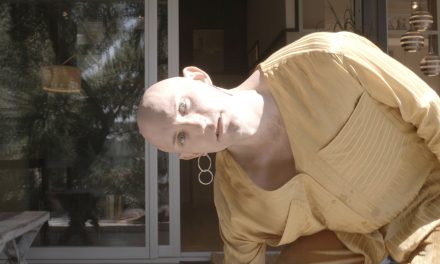Manuel Gutierrez, a Los Angeles based Flamenco dancer, performer, and aficionado performs in the LA Opera’s production of El Gato Montes: The Wildcat as one of the principal dancers. The production is appearing at the Dorothy Chandler Pavilion and features Placido Domingo and Ana María Martínez, with choreography by Cristina Hoyos. The following is an interview with performer Manuel Gutierrez.
Cristina Hoyos, one of the pillars of Flamenco, is the choreographer for this piece. What was the experience like to work with her.
She didn’t come, but we are blessed because she sent her assistant choreographer, his name is Jesús Ortega. And he did an amazing job because he knows how to direct us. Because the hardest thing in this opera is we don’t have enough Flamenco male dancers, so you have to work with people that are folklorico or jazz dancers. So that’s beautiful when you are in a ballet or in a company to bring all these people together and just make them united and stronger. His positive energy and his flamencura made a real team. So now we are all like super connected and I think that is amazing.
It seems like the cast has a diversity of experience within Flamenco. How did the talents of each dancer meld together for this piece and how did the choreographer work with the diversity in the cast?
Yes, so for the choreography of course he had to adapt some parts because the most important thing as a choreographer is to make everyone look good. But yes he was very smart about it and he knew before he came that not all the dancers dance just Flamenco. So he worked with the talents each dancer and their enthusiasm and responsibility to be on stage dancing Cristina Hoyos’s choreography.
Can you also speak to some of the diversity in backgrounds of the cast?
We have one dancer come from modern jazz, one from folklorico Mexicano. The rest of the dancers are all flamencos but also have backgrounds in modern and classical.
What was it like doing choreography to an orchestra and not traditional Flamenco music?
It’s not my first time doing it, so I know what to expect, but it’s always different because you are at the service of the music and in Flamenco the dancer directs the musician. So if we want to go fast, we go fast and if we want to go slow, we slow down. With an orchestra it is different because the maestro is directing and he has the control of the music and the tempo. So that is the hard part I think because you really have to be at his tempo and his speed. You really have to listen, but the music is beautiful and the choreography was done well by Cristina Hoyos. She really studied the music before she made the choreography.
How did you feel dancing a choreography by Cristina Hoyos?
I have never danced her choreography before, but I grew up watching her choreography. So for me, it was like easy to get it because when you grow up watching an artist, when I have to dance her choreography, it is already in my body. You know what I mean? So it was fun. And I think that Cristina was the right person to choreograph El Gato Montes just because the feeling, and the way she brought old school Flamenco and the dramatic parts to the show. There are a lot of moments for women that are super feminino and Cristina in the feeling. So, I think she was the right person to choreograph this show.
You can almost see a timeline of Hoyos’s dancing style come together in this piece. Was there mix of styles in the choreography?
I believe it is a mix. It is not only Flamenco, there are some modern positions. I mean today we can call that flamenco, but if you see it from the point of view of something back in the day you can say that it is more modern, you know? With the positions and everything, it is totally a mix, but I appreciate that mix.
It seems important to have Flamenco in an Opera set in Spain in the early 1800s, a time critical in the birth of Zarzuelas (Spanish Operas) and Flamenco. What was the historical context and significance of Flamenco in this Opera?
It was a time when the gypsy or Flamenco was not accepted. Right now today, now it’s cool to be Flamenco. Like everybody wants to be Flamenco. Back in the day when this story happened, it wasn’t cool to be Flamenco or around Flamenco. So in the story the torrero loved to hang out with these gypsies, but the pueblo does not like gypsies. In the first scene when we arrive, we are scared to be there because we are not accepted as a gypsy because of the racism and also because we are gypsy Flamencos. Today everybody wants to be flamenco and it’s the cool thing. It’s glamorous to be Flamenco right now, thank god.
How did you feel that the dance added to the piece and the story?
I think dance always brings something generous and something fluid to the story. Dance always brings something good to theatre or opera and I think that we need more dance on stage always. Because you can have actors on stage who tell you the story as actors, but the dance has a different energy. So with movement we can express something powerful I think.
There seemed to be some crossover between the dance and acting in this show. You could tell the actors were incorporating some Flamenco into their story. Can you tell me more about that?
I don’t know if you know, the Zarzuela is all in Spanish and also it has dancing. So you will see that Solea (played by Ana María Martínez) dances at some points and everybody dances a little bit. You can compare it almost to musical theatre.
Was incorporating dance new for a lot of the performers?
Oh yes, but they loved it. It is a challenge for a choreographer to make somebody who has never danced before dance, but I think that it’s a good challenge and I believe you always can traer algo interesante (bring something interesting) to it. I love that kind of challenge. For me, to take a person who has never danced before in her life and make her the most beautiful dancer is interesting and powerful.The opera seemed to have a very genuine approach to incorporating Flamenco.
How have other productions incorporated Flamenco and do you want to see more of that in Los Angeles?
One problem is always the time. We know that to learn Flamenco is not in one day, two days, one week. To learn Flamenco for real, you need all your life. But in the short time that we have to rehearse and to practice, you can always bring some easy stuff that brings the flavor of Flamenco.
There is a beautifully lit moment in the piece when the bullfight is taking place, and the feet of the male dancers are the focus. Can you tell us about that scene?
You need to know that in that moment the Corrida is happening. La corrida de toros is separated into different sections. So the matador first goes and welcomes the torro. At the end of this what happens is the caballos will come and pick the torro. After that is the banderillas and after that you go with a red muleta and it is the end of the corrida and you kill the torro. We know that in Spain there’s a lot of people that love the corrida because it is a part of culture and art, but also a lot of people don’t like the Corrida part because at the end they kill the bull. So I think it was very poetic, that moment, to show the section of the corrida in a very poetic and artistic way.
At this moment, during the corrida, you are playing the torero (bullfighter). What is this scene like for you?
This is when they have the most well known song of El Gato Montes, and the song they use for all the corridas. It is a beautiful moment. At this part I am on the podium, super high, dressed in all black. I am wearing an all black face mask. At the end I am exhausted. It’s a hard part for me, but I love to do it. I really enjoy that moment. I really feel it and believe it. I don’t know how many people are in the room, but I have to convince all of them that I am really torreando un torro (bullfighting a bull).
What was it like working with Placido Domingo?
Oh my god, that’s a dream come true. Maestro Placido Domingo, it’s been like beautiful. He didn’t come for the rehearsal, so all the rehearsal he wasn’t here. He finally came and we did the first orchestra rehearsal on Monday and it was beautiful because his energy, his sabiduria, his maturity, you know he’s the maestro. He’s not the guy who comes and just does his job. He really wants perfection and to push everybody to perfection. He really cares about everything. The night of the premiere, in the intermission we had to rehearse because he asked to change one thing. So that’s amazing, I love it. The more time I am on the stage, the more happy I am. He just loves perfection and he believes in his idea and he wants to see it. It’s an amazing experience for us to work with him, his voice, his talent, his generosity. It’s just so positive for us.
How does it compare when you are dancing to opera compared to flamenco?
It is a completely different range, but I still feel it a lot and we art so lucky to have this amazing cast. There’s one moment on stage where the dancers grab Solea and she’s singing, but she’s giving us a super high note and I have her arm and I can feel the energy of her voice going to me. It’s very strong. It’s a different range and different feeling than Flamenco has. Es muy diferente, but at the end it’s music and it’s art, so as a dancer at the end you feel it.
What was the best part for in working with the Opera?
In this production the best thing is that I get to meet Jesus Ortega and also to be working with Placido Domingo on stage. Everything has been super positive. We are in the Dorothy Chandler in LA. So everyday when I am in this space, I feel so lucky to be here and with this cast.
What would you say to someone who has not seen the show?
Please come. If you have seen opera before, come because this opera is different from others. It’s a zarzuela from Spain. It’s not an Italian or French opera. I think in the opera world they need to connect more with Spanish Zarzuelas because they are simply a different flavor.
And to someone who has not seen an opera?
Come because you are going to see the best cast ever on stage. So don’t miss the opportunity! Beautiful story, beautiful cast, amazing venue. Just come and enjoy. If you have never seen an opera, you are going to enjoy it a lot and it’s going to push you to love more opera.
El Gato Montes: The Wildcat runs through May 19, 2019 at the Dorothy Pavilion. For information and tickets, click here.
For more information on classes and shows with Manuel please follow him on
Instagram @manuelgutierrez6,
Facebook @manuelgutierrez
or to visit his website, click here.

